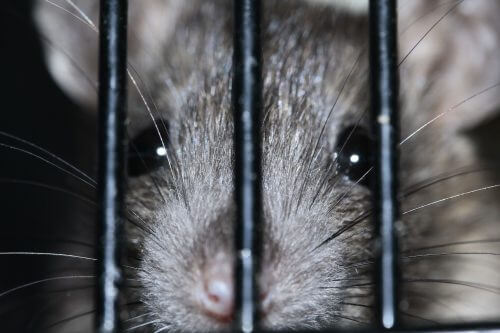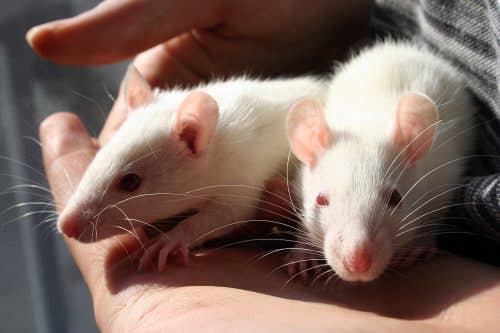Breeding lab mice together with "dirty" rodents from pet stores makes them better models for human research

by Esther Ladenheis, The article is published with the approval of Scientific American Israel and the Ort Israel network
Scientists usually order laboratory mice online, but the immunologist David from Sophist Try harder than usual. When he was doing research years ago at Emory University, Mesophast drove several hours to trap mice in a barn himself. He suspected that the mice that commercial agents supply to laboratories lack certain cells in the immune system because the immune systems lack experience in dealing with infections because the mice are raised in extremely clean facilities. Mesophast, now a professor at the University of Minnesota, decided to test his suspicions systematically, and in the experiments he conducted over the course of ten years he found that they were indeed correct: the laboratory mice used by the scientific community and the pharmaceutical industry to test drugs and vaccines for human diseases are in some respects poor models for the immune system of adult humans.
in the spring of 2016 Published Mesophast and his colleagues published their findings in the journal Nature. They found that the immune systems of mice raised in germ-free facilities more closely resembled the immune systems of human infants than the immune systems of adults. They reached this conclusion based on the types of immune system cells they found in the clean mice and the active genes in these cells. For example, CD8+ T cells, memory cells of the immune system that act as first responders to infections, were almost never found in adult laboratory mice but were clearly found in barn mice and pet store mice. "Although we 'knew' this, it is good to finally see proof," he said Purvash Khatri, an expert in computational immunology at Stanford University who was not involved in the research.
Moreover, when the researchers housed "clean" lab mice with "dirty" mice from pet stores (which carried bacteria), about a fifth of the lab mice died of infections within a few months. However, the mice that survived developed a stronger immune response and the gene activity in their immune system cells changed and became more similar to that typical of adult humans. In follow-up experiments, these mice faced bacterial infections with no less success than mice vaccinated against the same pathogens.

These results indicate that keeping laboratory mice together with mice from pet stores can give researchers a more realistic picture of how diseases progress and the responses that treatments will achieve in adult humans. Moreover, by showing that laboratory mice are not a reliable model for key immune properties, this study may partially explain why treatments that are successfully tested in animals often fail in humans. "Variables that affect the immune response in the real world are not represented in the controlled trials," explains Khatri.
